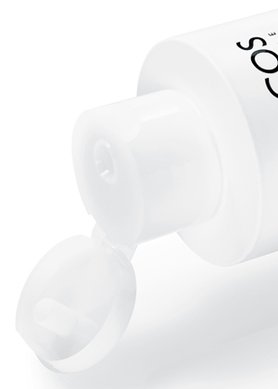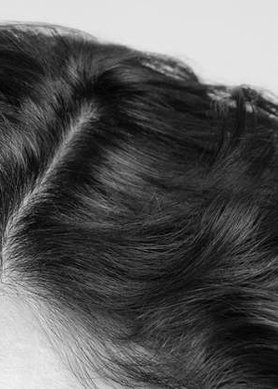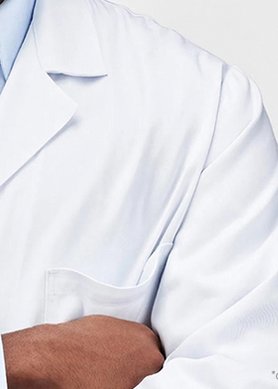Differences Between Dandruff and Dry Scalp: More than Meets the Eye.
It's often (and incorrectly!) assumed that dandruff and dry scalp are one and the same thing, since both exhibit similar symptoms like a flaky scalp. Either skin condition can also be extra sensitive to haircare products, feel tight with itching sensations, and in some cases show patches of redness. However, the causes, presentation, and best ways to treat dandruff and dry skin differ, so understanding the difference between them is critical.
Because they both result in visible flakes on the scalp, determining whether you have one or the other isn't always easy. You may even have both at the same time.
So, dandruff vs dry scalp: Let's dive in.
What is Dry Scalp?
The scalp can be classified as normal, oily, combination, or dry − just like the skin on your body or face. And just like elsewhere, dry scalp occurs when there's insufficient sebum (natural skin oil) to keep it adequately moisturised. The top layer of the skin dries out and sheds as fine flakes. A dry scalp may result from one or more different factors:
Causes of dry scalp
-
Inadequate sebum production: as we age, our scalp (as with the skin generally) produces less oil.
-
Environmental factors: cold, dry air or hard water can excessively dry the scalp.
-
Hair products: over-frequent shampooing, or using products that contain harsh detergents, can strip the scalp of its natural oils.
-
Underlying conditions: some skin conditions can manifest on the scalp.
-
Dehydration: Not drinking sufficient water can leave the skin and scalp dehydrated.
Symptoms of Dry Scalp
Dry scalp symptoms may include any or all of the below:
-
Small, white, dry flakes on your scalp and through your hair
-
Sensitivity or itching sensations on the scalp
-
Tight, uncomfortable feeling scalp
-
Frizzy or dry-looking hair
Treatment options for Dry Scalp
Dry scalp treatment can often be as simple as restoring adequate moisture levels:
-
Gentle shampoo and moisturising conditioners can infuse much-needed moisture to a dry scalp.
-
Scalp massages with jojoba, coconut, or olive oil can help nourish it.
-
Less frequent shampooing, so sebum isn't stripped from the scalp as much.
-
Avoid harsh hair care products and overly hot water, both of which can exacerbate a dry scalp.







